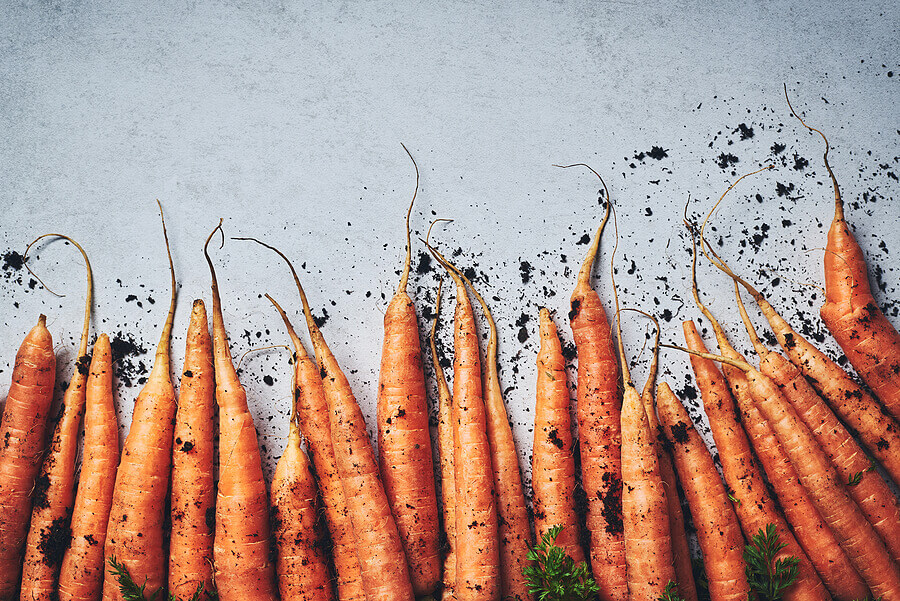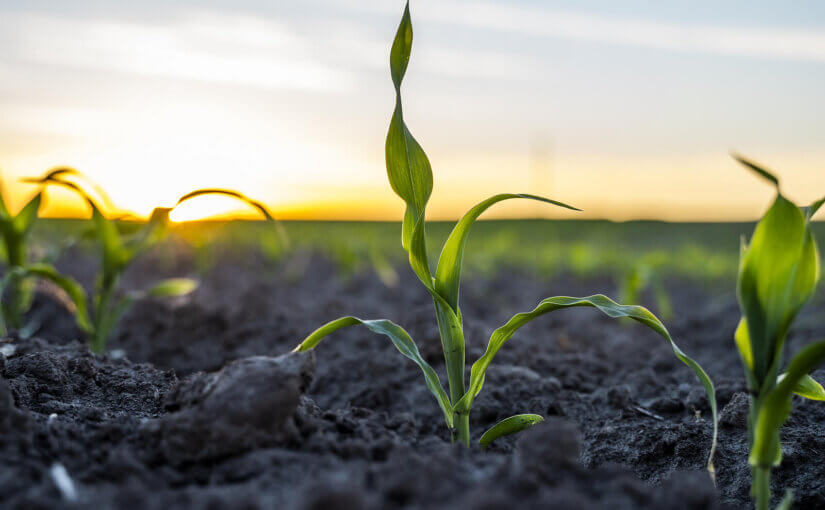The climate crisis has led many to reconsider their diet, wanting to know more about the food they eat and how it impacts the earth.
From analysing the environmental impact of red meat to rejecting avocados in favour of locally grown fruits, it appears that a new optimum way of eating is encouraged every week.
Enter the Climatarian diet – the latest in the world of eco-conscious diets that hopes to be an appealing addition to sustainable eating. If you’re wondering how to reduce your carbon footprint with food, adopting a Climatarian diet is a great place to start.
What is a Climatarian diet?
Less restrictive than vegetarianism or veganism, a Climatarian diet doesn’t explicitly omit any particular food group.
Instead, being a Climatarian involves being more considerate with food choices, picking sustainable food items that have the lowest carbon footprint.
However, this is generally free to be interpreted how you wish. Some view it as not eating meat, with livestock being one of the biggest contributors to dangerous greenhouse gases, while others choose to support their local farm and buy meat from a nearby butcher.
Following a Climatarian diet may also mean eating more seasonal produce – root vegetables in autumn and berries in summer if you live in the UK, for example. Avoiding vegan foods with a high environmental impact like almonds, avocados, and soy might also be a decision a Climatarian makes.
Why is a Climatarian diet better for the environment?
As a Climatarian diet actively reduces the carbon footprint of your food, it is considered better for the environment than other diets.
Many Climatarians avoid large quantities of red meat. Beef alone produces 50kg of greenhouse gases per 3.5 oz of protein, so cutting down its consumption greatly benefits the environment.
Avoiding air-flown food, highly packaged produce, and reducing food waste are often aspects of a Climatarian diet. These all limit the amount of carbon dioxide released into the atmosphere – the main culprit of global warming – and also prevents scarring the planet with landfill.
How do you follow a Climatarian diet?

Understanding how to reduce your carbon footprint, especially with food choices, can be daunting. While no item is technically ‘off the menu’ when following a Climatarian diet, there are a few things to consider when making the switch.
Reduce the amount of meat
Lots of Climatarians follow a pescatarian, vegetarian, or plant-based diet, while others limit the amount of red meat they consume. This could be as simple as switching from beef to poultry in some meals or opting for locally reared meat instead, avoiding intensive farming practices.
A flexible approach is encouraged – the main point is to reevaluate your meat intake and decide on a new regime you are comfortable with.
Choose sustainable fish
The fishing industry is often overlooked when it comes to analysing the environmental impact of our food. Enjoying a moderate amount of sustainably sourced fish is another Climatarian-approved swap.
Sustainable fisheries address the problems of over-fishing, threatened species, and fish welfare. By supporting these corporations, you are investing in the longevity of fishing and eco-conscious farming techniques.
Buy seasonal and local produce
It’s not just about reconsidering your beef and fish intake. Many unseasonal fruits and vegetables can be environmentally damaging, which is why a Climatarian diet encourages seasonal produce.
Avoid exotic fruits with a high number of air miles or unseasonably grown local produce. Out of season British strawberries, for example, are often grown in greenhouse heated environments. These can emit the same emissions as globally transported produce.
Following a seasonal produce calendar is a great way to keep up with what is best to eat at particular months of the year.
Food with plastic free packaging
Plastic food wrap often ends up in landfill, as many of the components cannot be recycled. A Climatarian diet promotes biodegradable and eco-friendly food packaging, avoiding plastic where possible.
Make the switch to loose fruits and vegetables and choose tins or cardboard over other materials when you can.
Reducing food waste

While food waste is largely biodegradable, it still takes time and large amounts of space to decompose. Throwing away large quantities of food also means that valuable energy has been used to produce uneaten ingredients, which is a huge waste.
A Climatarian diet encourages the reduction of food waste through several practices. Shopping smarter is the first step, purchasing only necessities and avoiding bulk buying. Getting more inventive with your leftovers is another method – use vegetable scraps in homemade stock or leftover pieces of cheese as part of a delicious creamy sauce.
Home composting is also a great way to ensure your food waste is efficiently used. Kits are available readily online and can be used in your local allotment or on your garden plants.
Smarter eating out
Adopting a Climatarian diet isn’t just for use in the home. Restaurant dining has a higher carbon footprint than cooking at home so, if eating out is currently a big part of your lifestyle, you may want to reconsider. This doesn’t only mean limiting the activity – research a restaurant’s commitment to sustainability, in particular food waste, and understand what they are doing to lower their carbon footprint.
Elsewhere, ditching disposable cutlery and bringing your own can also go a long way. Invest in a reusable coffee cup and a decent set of reusable utensils, making a habit of bringing them everywhere you go.
Forge Skip Hire is committed to responsible waste management. Find out how we can assist you and your business with waste removal and browse our skip hire sizes.
